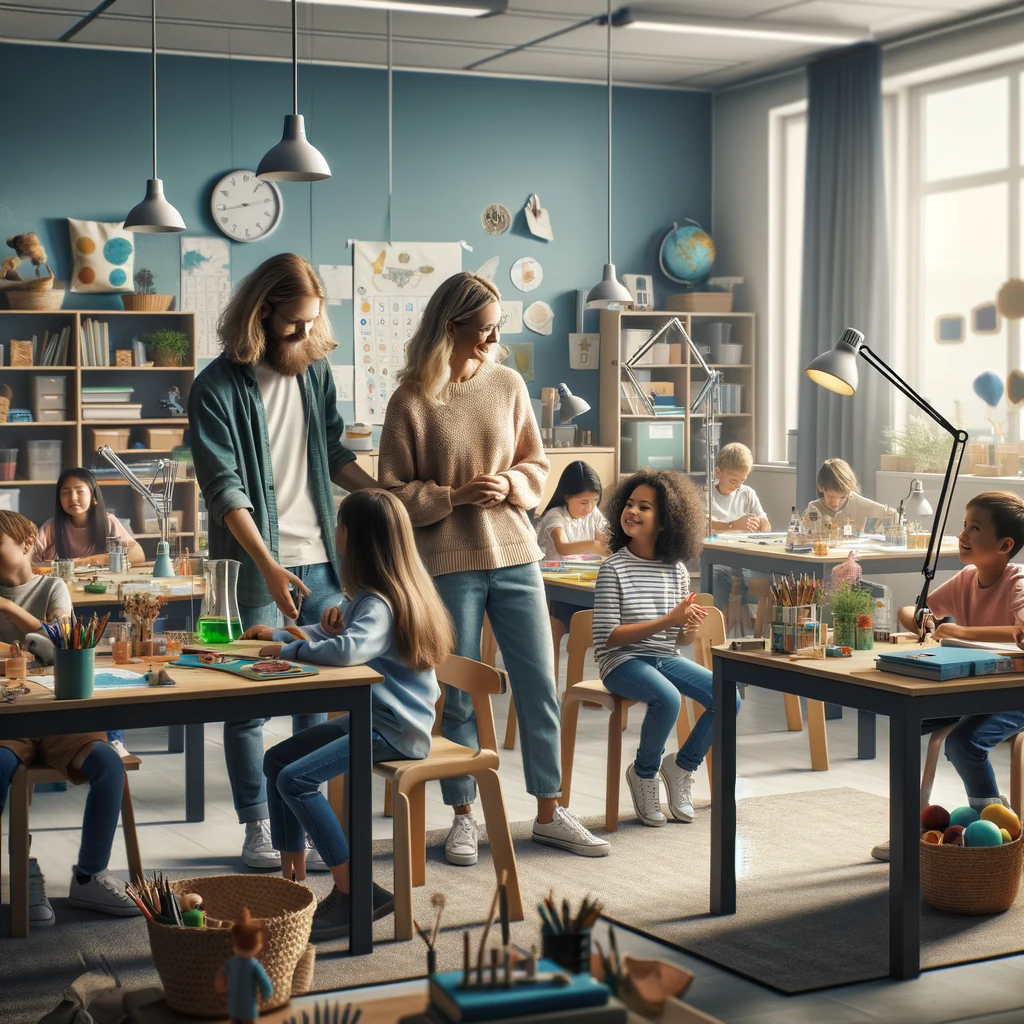Education in Finland: A Model of Equity, Excellence, and Innovation
When it comes to world-class education systems, Finland consistently ranks at the top. Praised for its student-centered approach, focus on equality, and commitment to teacher quality, education in Finland serves as a global benchmark. But what makes Finland’s system so exceptional, and what lessons can other countries learn from it?
A Philosophy Rooted in Equality
One of the defining features of Finnish education is its deep commitment to equity. All children, regardless of socioeconomic background, receive equal access to quality education. Schools are publicly funded, and private schools are nearly non-existent. This ensures that every child has the same opportunity to succeed.
Minimal Standardized Testing
Unlike many education systems around the world, Finland places minimal emphasis on standardized testing. Students are not subjected to high-stakes exams. Instead, teachers are trusted to assess student progress through regular classroom interactions, fostering a low-stress and engaging learning environment.
Highly Trained Teachers
In Finland, teaching is a highly respected profession. All teachers are required to hold a master’s degree, and teacher training programs are among the most competitive in the country. Educators are given the freedom to design their curriculum and are encouraged to innovate in the classroom.
Shorter School Days, Longer Breaks
Finnish students typically spend fewer hours in school compared to their peers in other countries. However, this doesn’t compromise academic outcomes. With more time allocated for rest and play, students remain motivated and mentally healthy. Outdoor play and unstructured time are key components of the school day.
Focus on Holistic Development
Education in Finland goes beyond academics. Schools prioritize social skills, creativity, and emotional intelligence. Art, music, and physical education are considered just as important as math and science, supporting well-rounded development in students.
Early Childhood Education
The Finnish education system begins with early childhood education that emphasizes play-based learning. Preschool education is available to all children and is designed to nurture curiosity, cooperation, and a love for learning from an early age.
Lifelong Learning Culture
Learning in Finland doesn’t stop at graduation. The country promotes lifelong learning through adult education programs, vocational training, and open university systems. Continuous education is accessible and encouraged, reflecting a society committed to personal and professional growth.
Community and Parental Involvement
Parents and communities play an active role in education. Schools often engage families in the learning process and maintain open communication. This collaborative approach fosters a strong support system around each student.
In conclusion, Finland’s educational success is not just about academic performance but about cultivating a supportive, equitable, and innovative learning environment. With minimal pressure, a respect for teachers, and a student-first mindset, Finland offers a roadmap for nations seeking to reform and improve their education systems.



